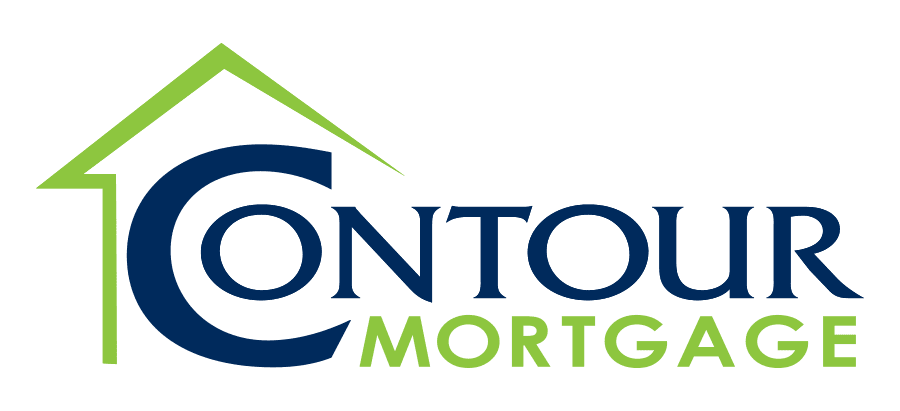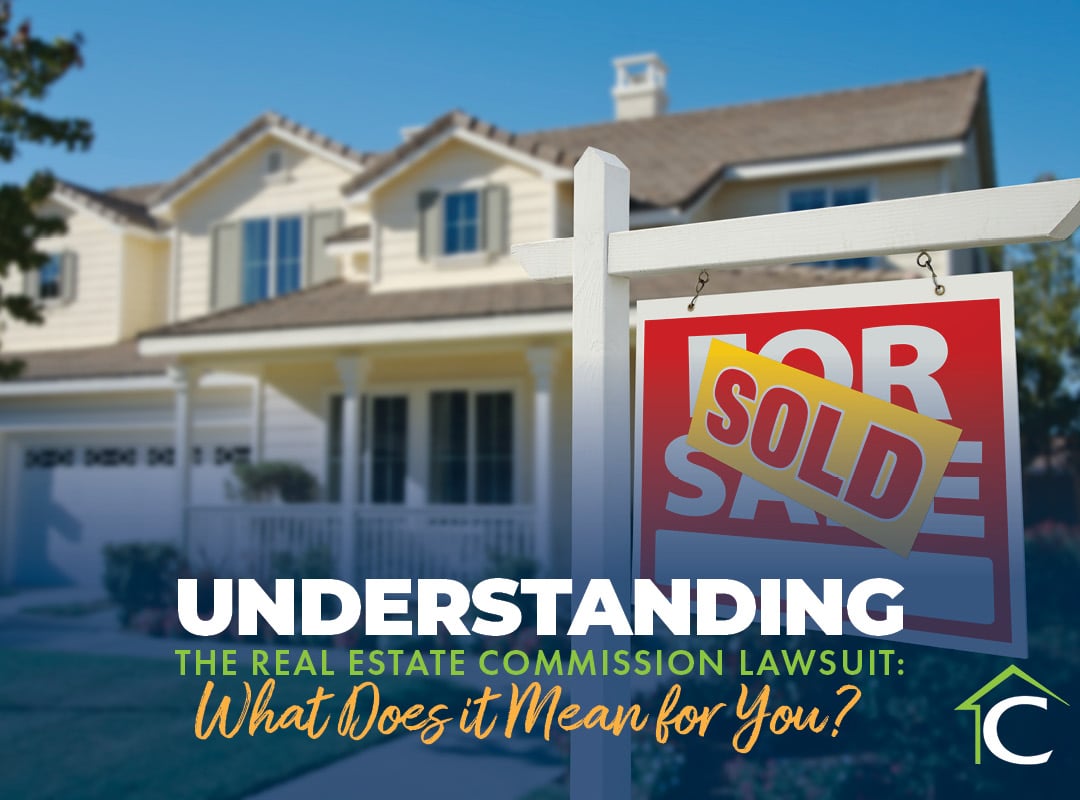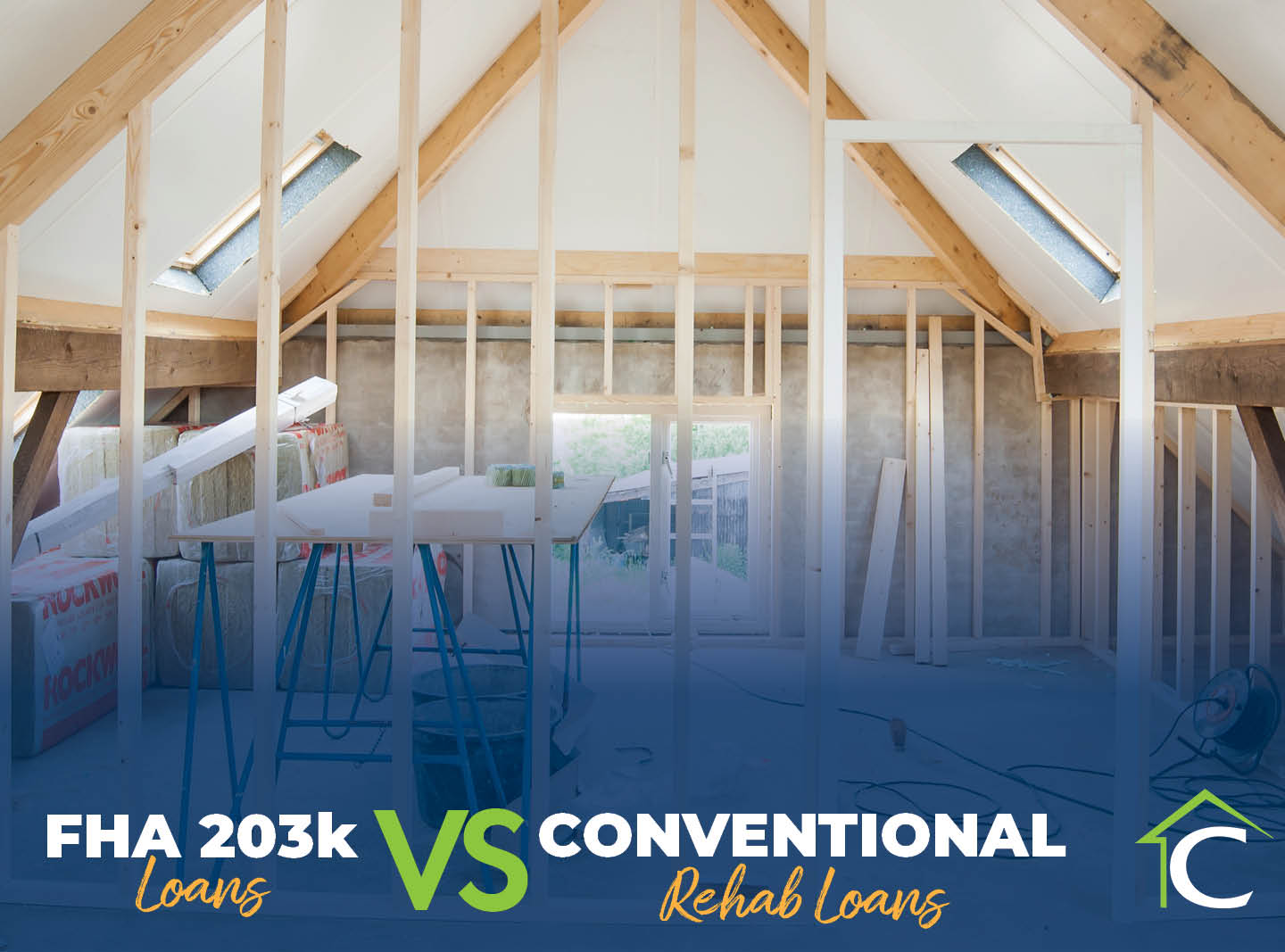As you age and achieve retirement, your personal income inevitably begins to slow down or stop altogether. This has the potential to cause serious strain to your finances—and it could make a reverse mortgage your best option to help manage any monetary challenges.
Reverse mortgages, also known as a Home Equity Conversion Mortgage (HECM), were designed for seniors to borrow against their home equity as a way to increase their monthly cash flow without the burden of shouldering new monthly payments, which would be required with a home equity loan. The main goal of a reverse mortgage is to keep older homeowners “aging in place” rather than being forced from their homes.
The loan balance actually increases over time, rather than shrinks, which classifies a reverse mortgage as a negative amortization loan. When the borrowers die or leave the home, the loan is due and is paid for by the sale of the home, unless someone pays it off.
Although there are no monthly loan payments, you’re still required to pay property taxes, homeowner’s insurance, and mortgage insurance premiums, in addition to maintaining your house. Typically, your lender will evaluate whether you have enough disposable income to meet these obligations.
Who Qualifies For A Reverse Mortgage?
In order to qualify for a reverse mortgage, it’s required that you own or live in your home and be at least 62-years old. Most lenders also instruct applicants to attend a home-counseling session to learn about the full parameters of reverse mortgages. Those consumer information sessions are given by a Department of Housing and Urban Development (HUD)-approved Home Equity Conversion Mortgage (HECM) counselor.
Who Should Consider A Reverse Mortgage?
If you have significant equity in your home and you want to stay there for a long time in your retirement and you have no desire to pass your house on to your children, then a reverse mortgage may work for you.
The ideal reverse mortgage borrowers are those who have already built up substantial retirement savings. Reverse mortgages can be problematic for those who don’t understand the obligations, which can result in foreclosure or even eviction. Fees and closing costs are much more costly than other products and alternatives like a home equity line of credit, refinance, second mortgage or even downsizing may be a better option.
Why Do Reverse Mortgages Have A Bad Reputation?
Though reverse mortgages clearly serve a purpose for a specific group of homeowners, this type of borrowing option spurs some negative preconceived notions in the minds of many people. In fact, the term “reverse mortgage” has morphed into a taboo topic within the context of financial planning. How did that happen and is that reputation earned?
The reverse mortgage loan was born in 1961, when a lender in Portland, Maine, devised this unique type of loan to help a widowed woman remain in her home after losing her husband. That moment in mortgage history led to a growth in the program—a need that was filled by the private market, which unfortunately led to scams and shady business practices that sought to steal homeowners’ equity.
One program, in particular, known as “equity sharing,” was a scheme that gave the lender the authority to share in the appreciation of the home, while simultaneously charging fees and interest on the monetary loan. For example, a borrower would receive a loan for $50,000. While the home appreciated by $100,000, the lender would see fit to charge interest on the $50,000 loan, but also grab as much as 50 percent of the appreciation on the closed loan. This tactic would leave very little for any heirs and is one of the factors fueling the negative impression many people have for reverse mortgages.
Have Reverse Mortgages Changed?
Yes, reverse mortgages have changed—and for the better. As time went on, more and more Americans desired to access the equity built up in their home. Reverse mortgages as we know them launched in 1987 through the Department of Housing and Urban Development (HUD), insured through the Federal Housing Administration (FHA).
This governmental monitoring of reverse mortgage loans meant that lenders had to alert borrowers to the total annual cost of the loan at the start of the application process, which meant customers could compare prices and lenders were all operating on an equal playing field. By 2001, HUD teamed up with AARP to establish a system of counseling borrowers so that that they could learn the ins and outs of the reverse mortgage process, while new refinancing options gave existing borrowers the chance to only pay the upfront insurance premiums, as well as the difference between the newly appraised value and the initial value.
The Reverse Mortgage Comeback
The reverse mortgage industry absorbed its most significant bump in borrowers in 2008, when the Baby Boomers began to reach 62 years of age. That same year saw the enactment of the Secure and Fair Enforcement for Mortgage Licensing Act of 2008 (SAFE Act), which mandated a nationwide licensing and registration system for residential mortgage loan originators—this move further enhanced oversight on the reverse mortgage industry, adding more stringent safeguards for borrowers.
The Housing Economic Recovery Act (HERA) was also enacted to address the subprime mortgage crisis of 2008. HERA allowed the FHA to guarantee up to $300 billion in new 30-year fixed-rate mortgages for subprime borrowers, protecting consumers with a limit on origination fees, rules against cross-selling, and counseling guidelines.
But the biggest change in the way reverse mortgages work came in the form of the HECM for Purchase, which allows borrowers to buy a new home without needing to pay a monthly mortgage bill. The effort includes an increase of the HECM loan limit from $417,000 to $625,500. This improves the accessibility of available equity.
Meanwhile, HUD authorized a policy allowing borrowers to collect a fraction of the available equity during the initial year of the loan. This is meant to guard against any impulsive spending of the home equity. Then, the reverse mortgage or HECM financial assessment of 2015 came along to ensure borrowers would be able to keep up with taxes and insurance. It accomplished this by analyzing the borrower’s income and credit score to judge if funds should be set aside to cover financial obligations.
These consumer safeguards helped to improve reverse mortgages—a vital achievement, especially given the fact that more and more homeowners are approaching retirement and could likely seek a reverse mortgage as they adjust their fiscal landscape.
















